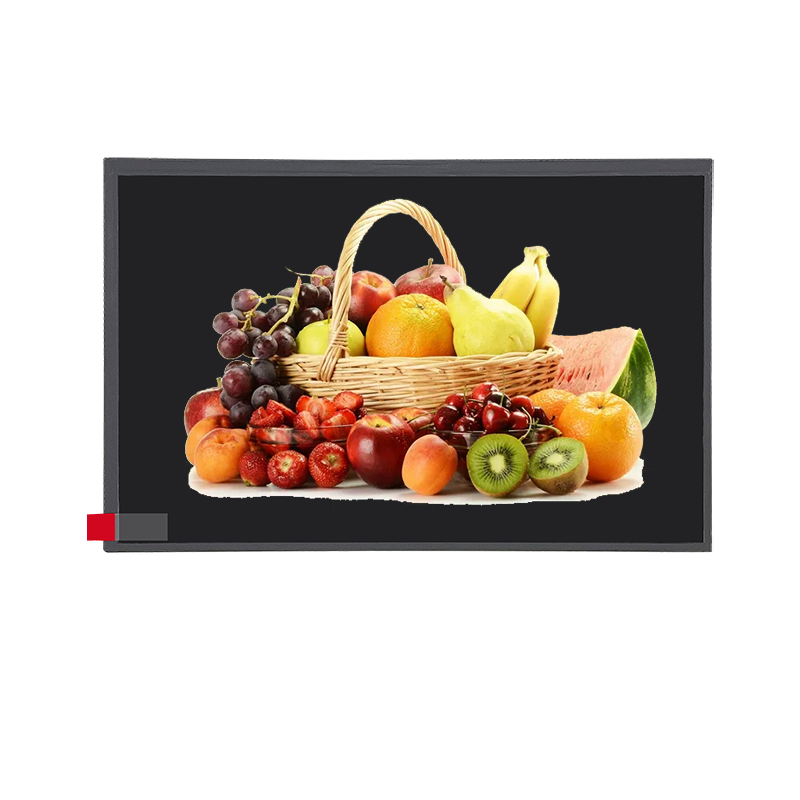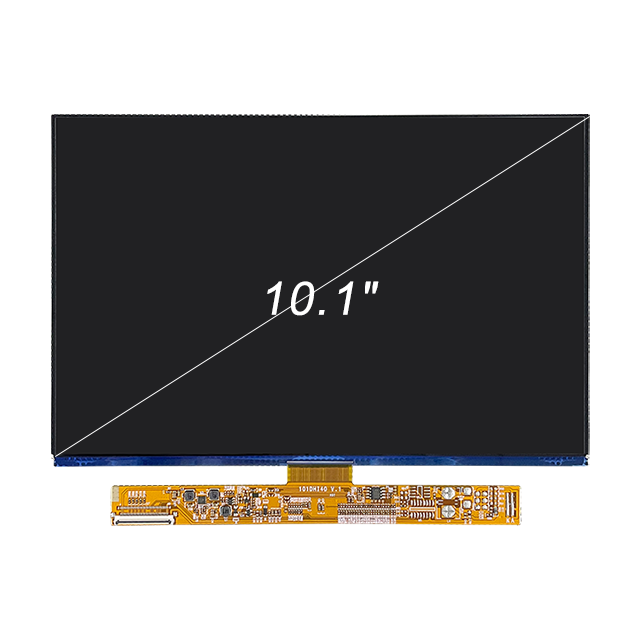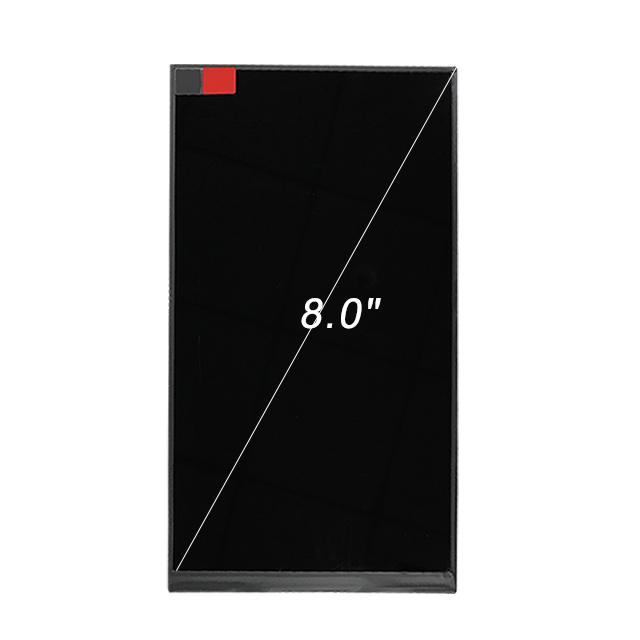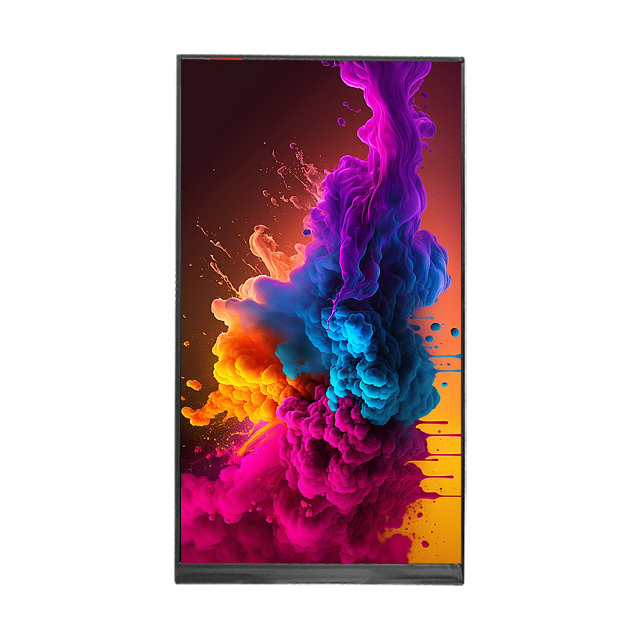フィルター
3 製品
Contact Us
Do you have any question?
OLED DISPLAY
Blog posts
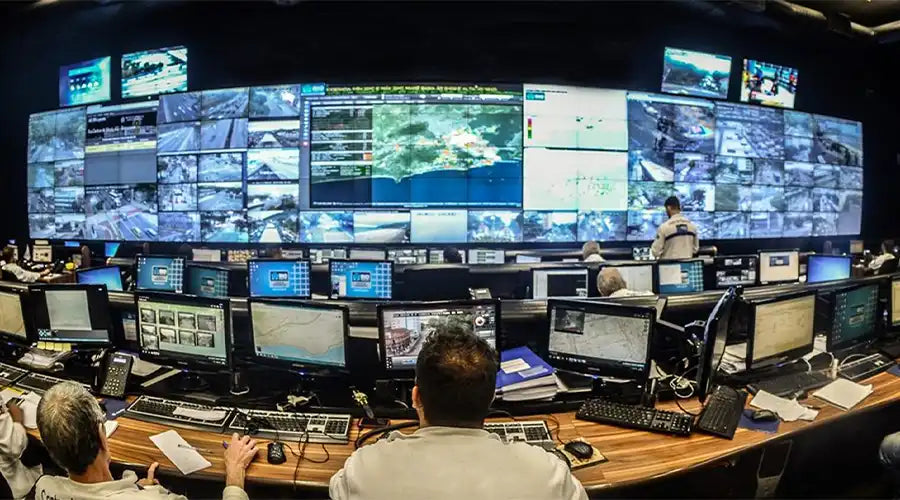
Stretched Bar LCD Displays: Functions, Features & Uses
1. What Is a Stretched Bar LCD Display? A “Stretched Bar LCD” (also called bar LCD, ultra‑wide LCD, or shelf‑edge LCD) is a commercial display with an ultra‑wide aspect ratio and narrow hei...
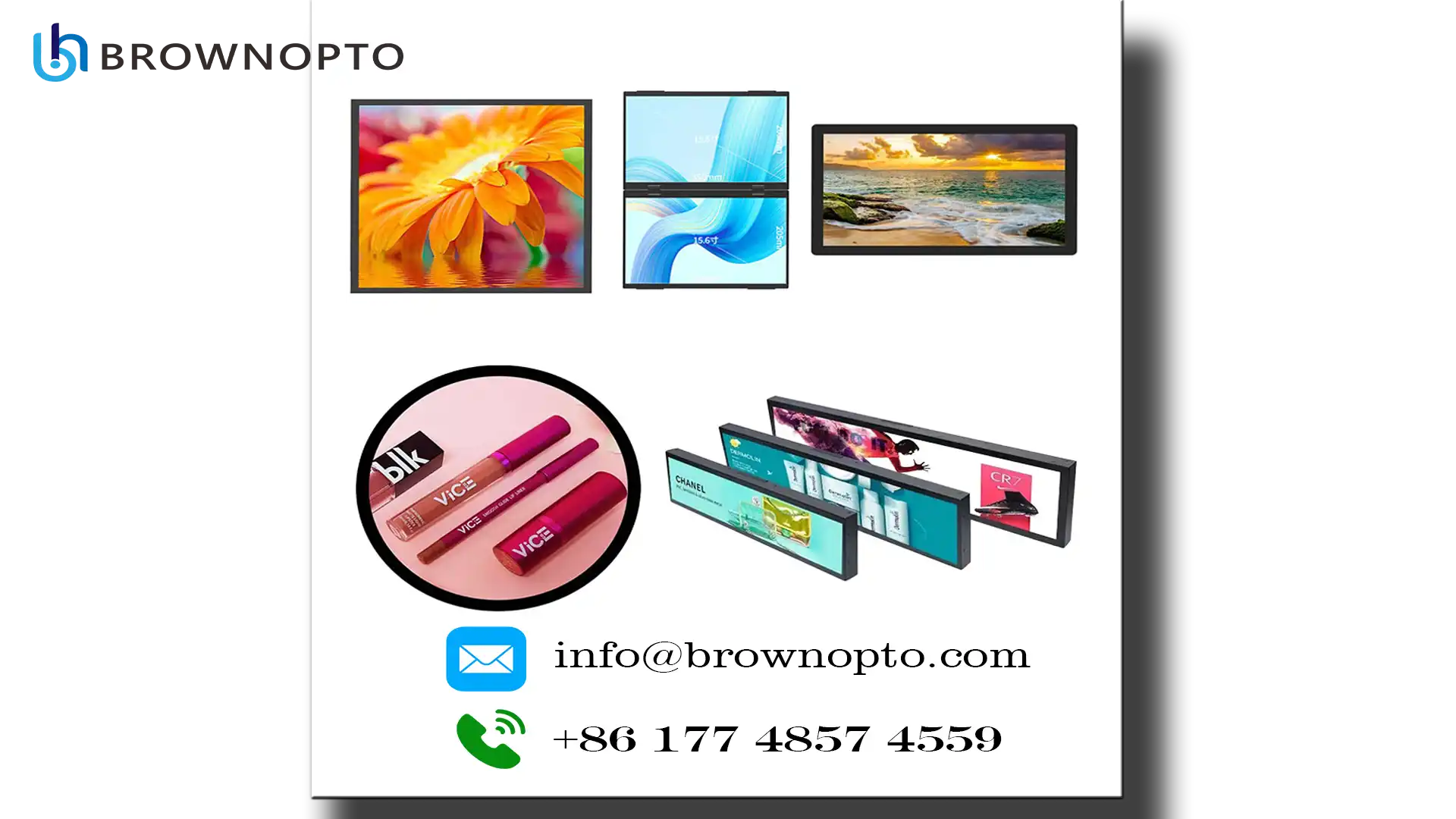
Bar LCD Displays: Stretched LCD Applications and Digital Signage Uses
In today’s fast-paced digital world, businesses and organizations are constantly searching for innovative ways to capture attention and deliver information. Among the latest display technologi...
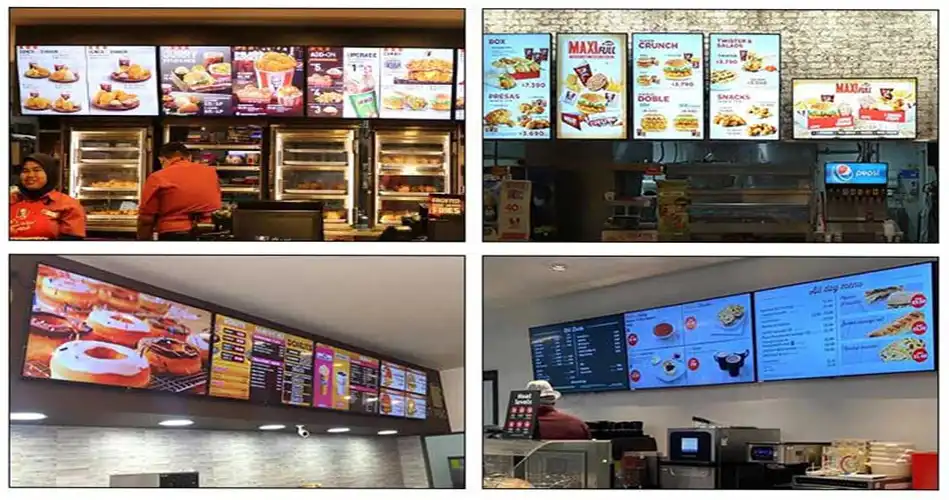
Bar LCD Display | 8.6–86 Inch Stretched Advertising Display Solutions
Bar LCD Display Overview Key Features of Bar LCD Displays Technical Specifications Advertisement Display Applications Installation & Integration Industries Using Bar LCD Displays Customizatio...

